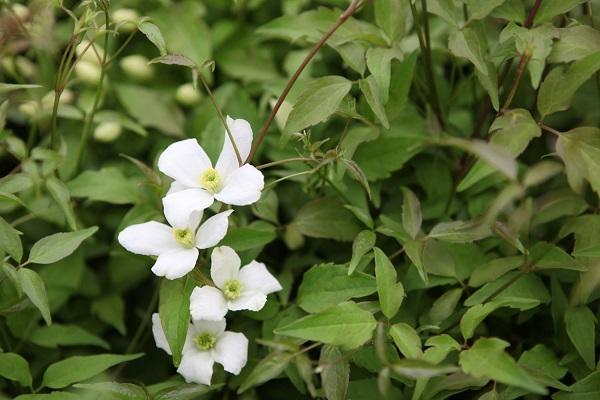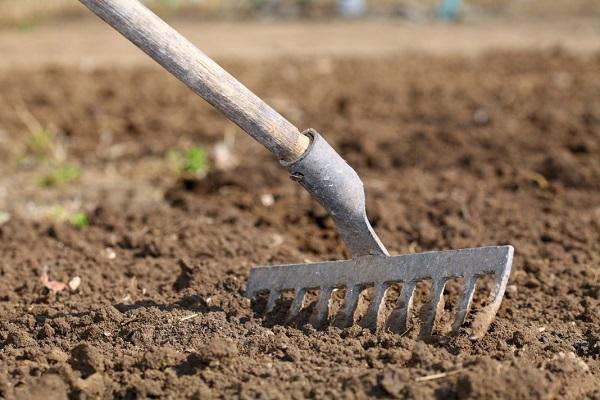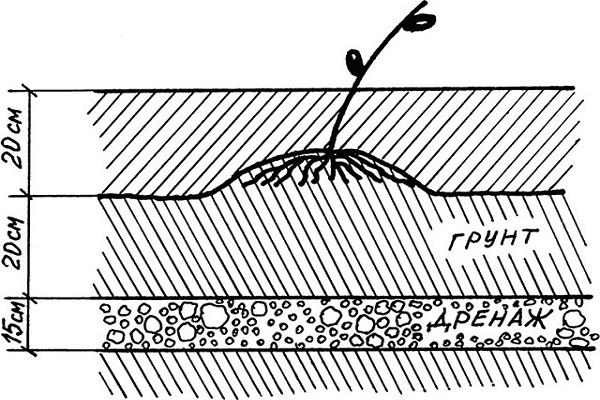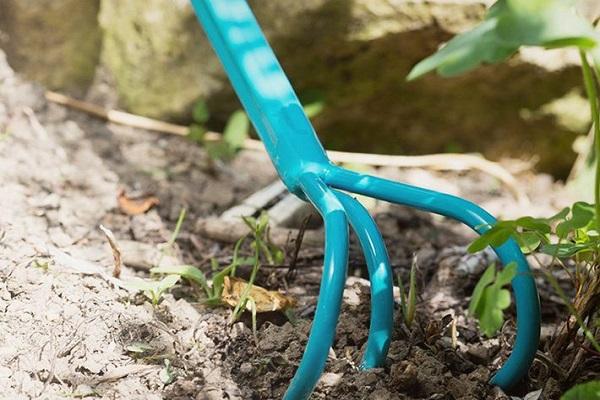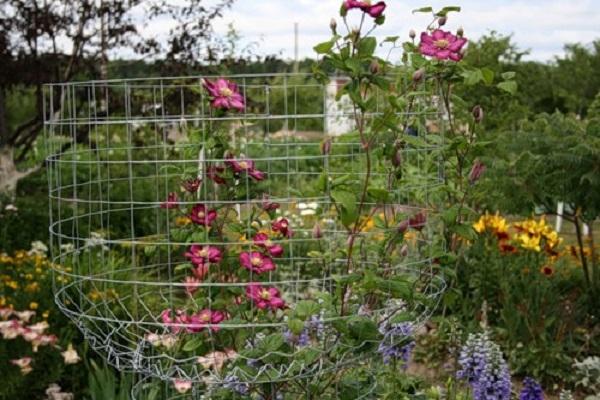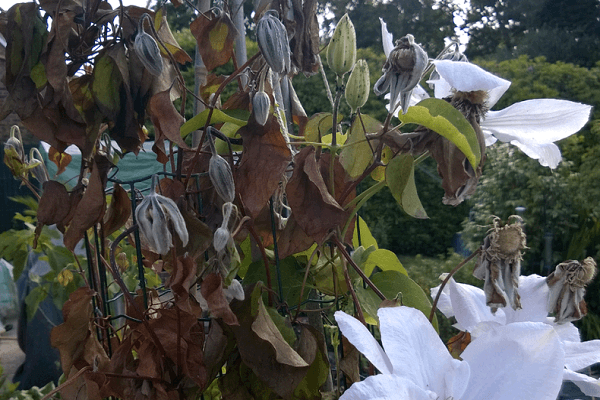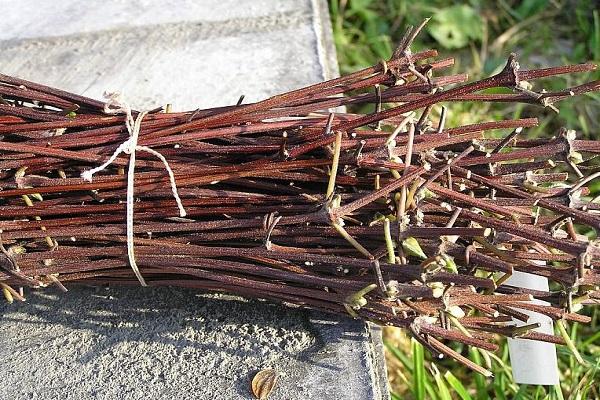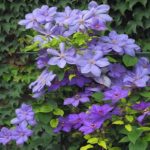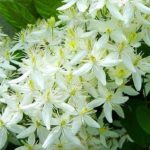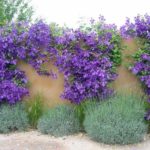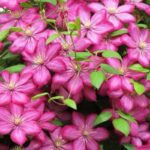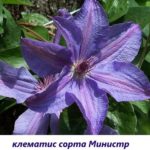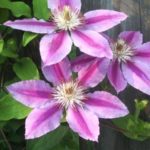Clematis (clematis) is the most popular climbing plant for vertical landscaping. In a short period of time, a liana can entwine a gazebo, pergola, or arch. At the beginning of the 19th century, a plant was discovered that was given the name mountain clematis. The following provides information about the characteristics of the species, popular varieties, as well as planting, care, and propagation of vines.
- Characteristics of the species
- Popular varieties
- Pink Rubens
- Montana Grandiflora
- Landing
- Location requirements
- Soil selection and preparation
- Deadlines
- Selection of planting material
- Planting scheme
- Care
- Watering
- Loosening and weeding
- Top dressing
- Trimming group
- Support
- Diseases and pests
- Fusarium
- Wilt
- Nematodes
- Reproduction
- Seeds
- Cuttings
- By layering
- Dividing the bush
Characteristics of the species
Clematis montana is a vine whose vines can reach a height of 8 meters. Pink, white, lilac, cream flowers are formed on last year's shoots. They can be single or collected in inflorescences, shaped like shields and panicles. The trifoliate, pointed leaves are green in summer and yellow in autumn.
Mountain clematis climbs to heights with the help of petioles, with which it clings to support. Its flowering begins in late spring.
This plant is frost-resistant, so it can be grown in regions with fairly cold winters.
Popular varieties
The most popular varieties of mountain clematis grown in garden plots are Pink Rubens and Montana Grandiflora.
Pink Rubens
The main decoration of this variety is its large pink flowers. Pink Rubens is also valued for the subtle vanilla aroma emitted by the plant during flowering. Clematis buds form in the fall and bloom in late May or early June.
Montana Grandiflora
The variety grows powerful vines that can cover a gazebo or pergola in a short period of time. Clematis flowers are large and look like four-pointed stars. Flowering lasts throughout June. In addition to the fact that the vine has an aesthetic appearance, it emits a pleasant fragrance.
Landing
For the development of mountain clematis, the place in which it will be planted, the composition of the soil, and the timing of planting are of great importance. It is also important to choose the right healthy planting material so that it is not affected by various diseases in the future.
Location requirements
Mountain clematis is a light-loving plant. In a shaded place, the growth and flowering of clematis will be weak. But, at the same time, you need to ensure that the root system of the vine is cool.To do this, it is sprinkled with mulching material.
Soil selection and preparation
Mountain clematis prefers to grow in loose, fertile soil. Heavy, clayey soil should be lightened by adding sand and compost. In terms of acidity, the soil should be neutral or slightly alkaline.
Deadlines
Mountain clematis is planted in spring or autumn. A seedling grown in a container can be planted even in summer. If the gardener did not have time to plant clematis in the fall, he can save it until spring by placing it in a cool room. To prevent the roots from drying out, they need to be sprinkled with a mixture of sawdust and sand.
Selection of planting material
You need to purchase mountain clematis seedlings from trusted sellers. The shoots of the vine should be strong, with elastic leaves. They should not show signs of disease, otherwise the young plant may die before it even has time to take root. It is best to purchase clematis in containers with a closed root system.
Planting scheme
The hole for planting clematis is dug according to the 60x60x60 pattern. Drainage made of stones or expanded clay is poured onto its bottom in a layer of about 10 centimeters. If the soil on the site is infertile, compost, dolomite flour, and superphosphate are added to the planting hole.
Care
In order for clematis to delight with its flowering for a long time, you need to take care of them: water, feed, weed the ground around them, and prevent the appearance of diseases and pests.
Watering
Mountain clematis loves moisture, so it requires frequent watering, at least once a week. You can dig several pots with small holes around the vines and pour water into them if necessary. Through the holes, liquid will slowly penetrate to the roots, moistening them in dry summers.
Loosening and weeding
Around clematis you need to constantly remove weeds by hand or by weeding.This procedure is especially required for young clematis: if the weeds are not picked, it will not allow weak vines to develop. When weeding, the soil is simultaneously loosened, facilitating the penetration of water and air to the root system.
Top dressing
In the first year, clematis need not be fed, especially if they are planted in fertilized soil. The next year they are fed first with nitrogen to increase green mass, then, during the budding period, with potassium and phosphorus. The same composition is used to fertilize clematis after flowering.
Trimming group
Mountain clematis belongs to pruning group 1. These vines do not need annual pruning; it is enough to remove only damaged branches. For adult plants, anti-aging pruning is performed, removing half of the shoots after flowering. The remaining old branches are removed the next year.
Note! It is not recommended to trim shoots when planting..
Support
Since the shoots of mountain clematis are capable of climbing to great heights, you need to install a support around the plant, or plant it near already dug posts. The supports do not have to be vertical; they can be in the form of arches, pyramids, or fan structures. Clematis can also be placed between bushes by stretching several ropes or fishing lines between them.
Diseases and pests
Diseases and pests are easier to prevent. To do this, the soil must not be overheated; it is forbidden to fertilize the vines with fresh manure. In autumn, it is necessary to burn plant residues that contribute to the spread of pathogenic microorganisms.
Fusarium
With fusarium blight, the lower parts of the shoots of clematis turn black. A fungal disease appears due to high humidity at the roots of the plant.
To prevent fusarium, clematis are sprayed in spring and autumn with a 1% solution of Bordeaux mixture.
Wilt
This is the most common fungal disease among clematis. Pathogenic microorganisms penetrate the tissues of vines through injured parts. The shoots darken and quickly fade. At the initial stages of the disease, plants are sprayed with fungicides. If the disease has spread to the entire planting, it is dug up and burned.
Nematodes
These are microscopic parasitic worms that settle in all parts of the vine. Root nematodes are especially dangerous, as a result of their vital activity the cells grow and nodules - galls - form on the roots. Infected plants are destroyed, otherwise they can infect other plantings.
Reproduction
There are several ways to propagate clematis on your property: seeds, cuttings, layering, or dividing the bush.
Seeds
Propagation by seeds is carried out in early spring. Before planting in open ground, they must undergo stratification (keeping for 2.5-3 months at low temperatures). To do this, you can keep the seeds in the refrigerator all winter. The seed is soaked in water for 3 days, then planted in the garden to a depth of 1 centimeter.
Cuttings
For spring cuttings, well-ripened middle parts of the shoots are used. They are cut, placed in water with the addition of Kornevin for 30 minutes, then planted in a pot. After rooting, young plants are planted in open ground.
By layering
It is best to propagate clematis using layering in the spring. To do this, the shoots are pinned into small depressions dug in advance near the clematis. The place where the stems come into contact with the ground is watered and covered with garden soil.In autumn, rooted seedlings are dug up and transplanted to a permanent place.
Dividing the bush
The procedure is performed with adult vines over 6 years old. The bushes are dug up, cleared of soil, and carefully divided into parts. Each division should have several shoots and a developed root system.

